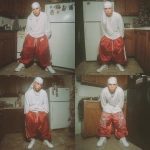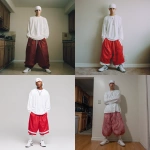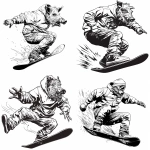Explore the Best AI Image Gallery
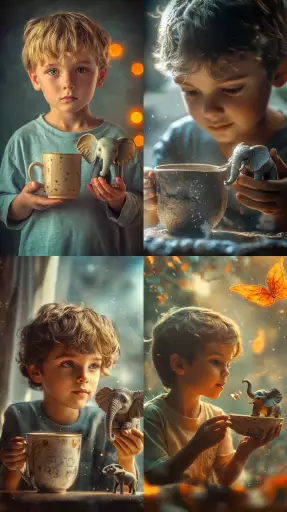
Pixels on Skin: How AI Image Creation Tools are Transforming Creativity
The realm of art and design is experiencing a seismic shift with the advent of AI image creation tools. These powerful algorithms, capable of generating stunning visuals from simple text prompts, are blurring the lines between human creativity and machine intelligence. This blog post delves into this fascinating landscape, exploring the impact of AI image creation tools on the creative industry, their potential applications, the ethical considerations they raise, and the future trends shaping this rapidly evolving field.
A New Era of Creative Possibilities
AI image creation tools empower individuals with limited artistic skills to express their visions. Users can describe their desired imagery in natural language, and the AI algorithms translate these descriptions into compelling visuals. This democratization of creativity opens up new avenues for self-expression, storytelling, and design exploration.
Transforming Industries
The impact of AI image creation tools extends far beyond individual artists. They are revolutionizing various industries:
- Advertising and Marketing: Generate eye-catching visuals for campaigns, social media content, and product mockups.
- Publishing and Entertainment: Create illustrations for books, magazines, and video games; design concept art for films and animations.
- Fashion and Design: Develop unique textile patterns, visualize clothing designs, and create 3D models for virtual fashion shows.
- Architecture and Real Estate: Generate immersive visualizations of buildings and landscapes, aiding in design presentations and property marketing.
Navigating Ethical Considerations
While AI image creation tools offer immense potential, they also raise ethical considerations:
- Copyright and Ownership: Who owns the copyright to AI-generated images? The creator of the prompt or the developer of the AI algorithm?
- Bias and Representation: AI algorithms are trained on massive datasets, which can contain biases that reflect societal stereotypes. This can result in AI-generated images perpetuating harmful representations.
- Misinformation and Deepfakes: The ability to create realistic synthetic media raises concerns about the spread of misinformation and the potential for malicious use in creating deepfakes.
Shaping the Future of Creativity
The landscape of AI image creation is constantly evolving. Future trends include:
- Increased Accessibility: More user-friendly interfaces and cloud-based platforms will make AI image creation tools accessible to a wider audience.
- Enhanced Customization: Users will have greater control over the style, composition, and details of generated images.
- Integration with Other Technologies: AI image creation tools will be seamlessly integrated with virtual reality, augmented reality, and other emerging technologies to create immersive experiences.
- Ethical Frameworks: The development of ethical guidelines and regulations will be crucial to ensure responsible use and mitigate potential harms.
Conclusion
AI image creation tools are reshaping the creative landscape, empowering individuals, transforming industries, and raising profound ethical questions. As this technology continues to evolve, it is essential to embrace its potential while navigating its complexities responsibly. The future of creativity lies in a harmonious collaboration between human imagination and artificial intelligence.

](https://images.ai-img.art/thumbnails/150/69d81ae5ecde297f3c11da78435c5fc00fbac7b00e2c7ccd89d7bbeb014e0541.webp)
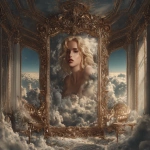
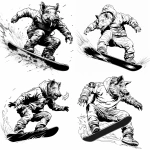
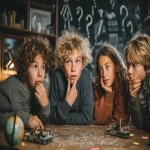
](https://images.ai-img.art/thumbnails/150/738b292720ee21b57673dfb75ad851f4c34d16f5006ae3027ba685feaddb6b04.webp)

](https://images.ai-img.art/thumbnails/150/05b3252b3f681226a3df9027b069db31c005f91b72257a74367c4102f03a2ba0.webp)

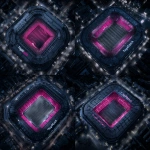


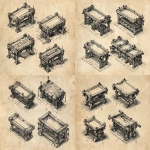
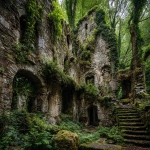

](https://images.ai-img.art/thumbnails/150/57afc09cc38edf73880f760b7ebe1852c5522c6b4051836717b2e56b6f7f913c.webp)

](https://images.ai-img.art/thumbnails/150/83ec831b9fb19e0db5a520b051b9556f3f594b87acc957ffee094a06a565e6f0.webp)

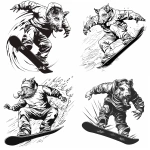
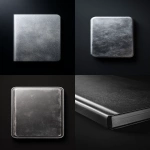
](https://images.ai-img.art/thumbnails/150/fc468fe14407b96489933a55227127071fd5f6c0505be74ca4dcb2f1e2fa3771.webp)
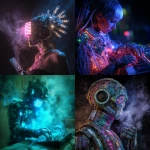
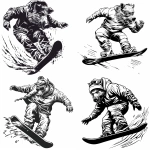


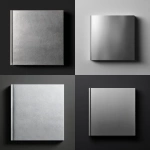
](https://images.ai-img.art/thumbnails/150/807ac97f95d56e8cc7cf714e13299d80bf6bcb5b4d80b77a7f06f30246184943.webp)
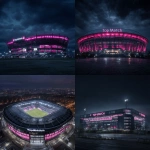



](https://images.ai-img.art/thumbnails/150/3ccc82ef0ad0cc1ab1dfb5b8e6bc37924fcad45dadf41cbd1cb21d19fc7f640a.webp)
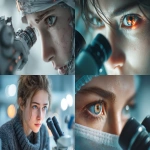

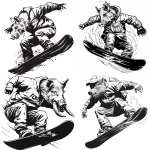

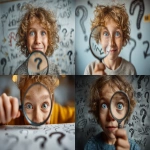
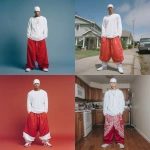
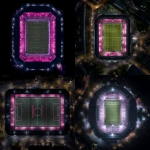
](https://images.ai-img.art/thumbnails/150/908bcb9950a44fd4b37d1a84cf00178988cea9507738d7ad4f92707c692461ef.webp)


